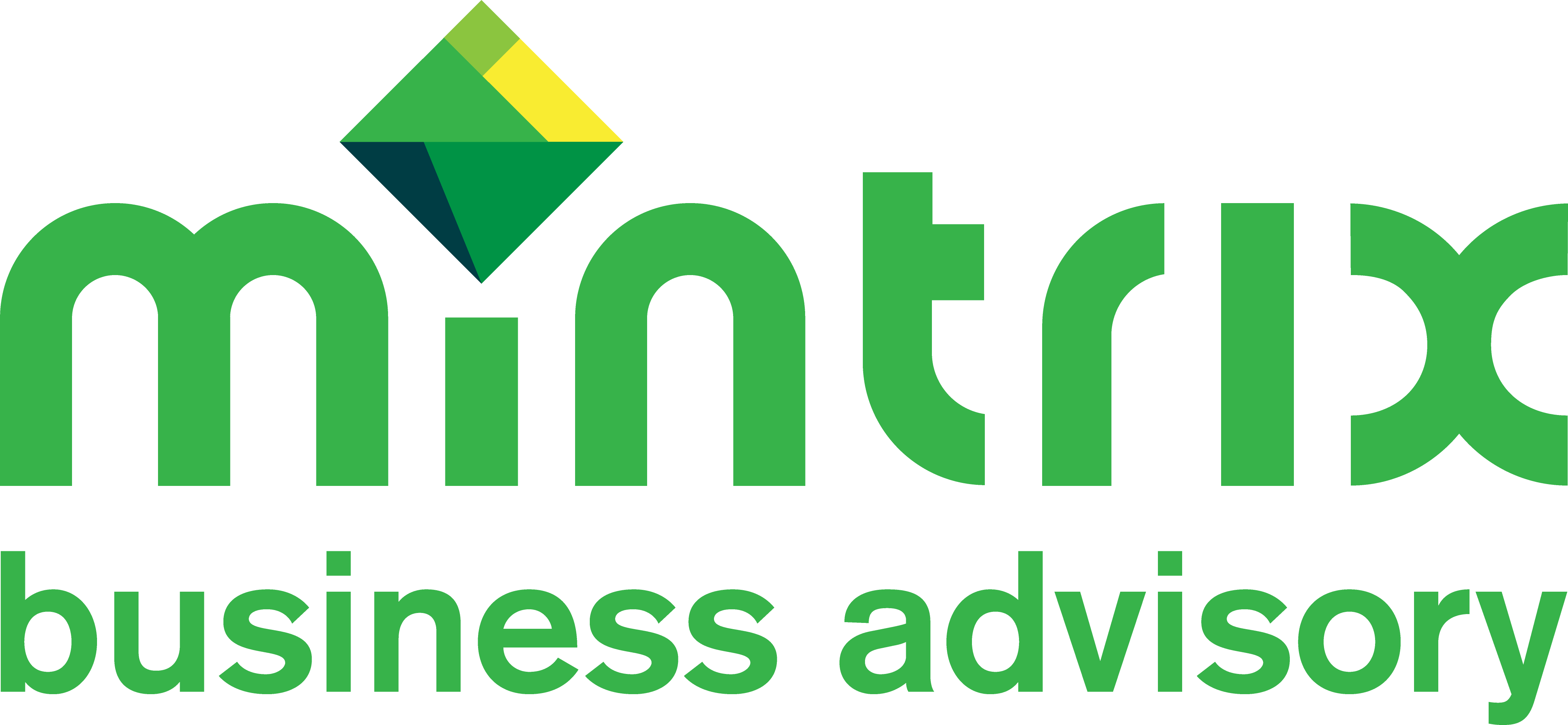Introduction: The Importance of Reflection and Planning for Small Business Owners
As the year draws to a close, it presents a unique opportunity for small business owners to pause and reflect on their journey over the past year. This practice of reflection is essential, not only for celebrating your achievements but also for extracting valuable insights from the challenges you faced. Engaging in a thoughtful review of your successes and obstacles equips you with a clearer understanding of your business landscape, allowing you to make informed decisions as you move forward.
In the dynamic world of small business, where market conditions can shift rapidly, taking the time to reflect becomes an act of strategic importance. It helps you understand what strategies were effective and which ones fell short, providing a roadmap for future endeavours. By engaging in this process, you can create a solid foundation for your business, grounded in both past experiences and forward-looking goals.
This blog aims to guide you through the critical steps of reflecting on the year, learning from both successes and challenges, and setting meaningful goals for the future. Each section will provide practical insights and strategies that can be tailored to your unique business context. By embracing this reflective practice, you’re not just looking back; you’re proactively shaping your path toward growth and improvement in the upcoming year.
Celebrating Your Successes: What Went Well This Year
Recognising and celebrating your achievements is crucial for maintaining motivation and fostering a positive organisational culture. Start by taking inventory of your key milestones reached this year. Consider various aspects of your business, such as financial performance, customer engagement, and operational efficiencies. This reflection can be structured around specific metrics, like revenue growth percentages, new customer acquisitions, or successful product launches.
Reflecting on these accomplishments allows you to identify what worked well and the underlying factors contributing to these successes. For instance, if you implemented a new marketing strategy that led to an increase in customer engagement, consider the elements that made it effective. Was it the messaging, the timing, or perhaps the channels used? By dissecting these factors, you can replicate success in the future.
Another valuable strategy is to gather feedback from both customers and employees. Customer testimonials and reviews can provide insights into what aspects of your products or services resonated most with your audience. Consider conducting surveys or interviews to solicit feedback on their experiences. Simultaneously, involve your team in this process; their perspectives can illuminate the internal dynamics that led to success. Encouraging an open dialogue can foster a sense of ownership and accountability, further motivating your staff.
Documentation of these successes is also key. Create a success journal or report that captures your accomplishments throughout the year. This can serve as a tangible reminder of what you’ve achieved and can be referenced in future planning sessions. Sharing this information with your team can boost morale, foster a culture of recognition, and inspire continued effort towards shared goals. Celebrating success not only reinforces positive behaviours but also builds resilience and confidence within your organisation, setting a strong tone as you prepare for the challenges and opportunities ahead.
Learning from Challenges: Analysing Lessons Learned
While celebrating successes is vital, it is equally important to learn from the challenges and obstacles faced throughout the year. Every business, regardless of its size or industry, encounters hurdles that can disrupt progress and impact overall performance. Understanding these challenges is instrumental in refining your business strategy for the future.
Begin by recognising specific areas that require improvement. Reflect on challenges such as supply chain disruptions, staffing shortages, shifts in consumer preferences, or any unexpected events that impacted your operations. Documenting these challenges not only helps you understand their impact but also allows you to analyse the response strategies employed during these times. For instance, if you faced supply chain issues, consider how effectively you adapted—did you diversify suppliers, increase inventory, or change product offerings?
Conducting a SWOT analysis can provide deeper insights into the lessons learned. A SWOT analysis evaluates your business’s Strengths, Weaknesses, Opportunities, and Threats, offering a comprehensive view of your current position. By examining your strengths, you can leverage these to overcome weaknesses and seize opportunities. Conversely, identifying threats allows you to develop contingency plans to mitigate future risks. Consider utilising a simple template for conducting a SWOT analysis, which can be shared with your team to facilitate a collaborative approach.
Once you’ve identified the key challenges and analysed them through a SWOT lens, focus on turning these lessons into actionable insights. The goal is not to dwell on mistakes but to transform them into constructive lessons that can guide your future decisions. For example, if customer service emerged as a recurring challenge, consider implementing training programs or introducing new tools to enhance communication.
Adapting to challenges also requires a mindset of resilience and flexibility. Encourage a culture within your team that values learning from setbacks rather than viewing them as failures. Regularly reviewing past challenges and discussing their outcomes can foster an environment where experimentation and innovation are encouraged. This approach not only strengthens your business but also empowers your team to take calculated risks, ultimately driving growth and success in the face of adversity.
Reflecting on the Year: Key Questions to Consider
To facilitate meaningful reflection, it’s essential to engage with a series of guiding questions. These questions should prompt introspection about your business’s journey over the year. Start by asking yourself: What were the standout moments for your business this year? Consider both the positive experiences and challenges that shaped your journey. This dual perspective allows you to appreciate successes while acknowledging areas that need growth.
Next, consider how your business adapted to changing market conditions. In today’s fast-paced environment, businesses must remain agile to respond to evolving customer needs and industry trends. Reflect on specific examples of how you adapted your operations, product offerings, or marketing strategies. Were there any unexpected changes that led to positive outcomes?
Another important aspect to consider is how well you met your customers’ needs throughout the year. Evaluate feedback from customer interactions, sales data, and engagement metrics to gauge satisfaction levels. Identifying customer needs not only helps in reflecting on past performance but also informs your approach moving forward.
Engaging your team in this reflective process can yield diverse perspectives and insights that may have gone unnoticed. Encourage open discussions and brainstorming sessions, allowing everyone to share their thoughts on what worked well and what could be improved. This collaborative approach fosters team cohesion and builds trust, ultimately leading to a stronger collective vision for the future.
To further enhance the reflection process, consider creating a structured framework for regular reviews. This could be done monthly or quarterly, allowing you to assess your progress consistently. Share tools or templates that can facilitate this process, making it easier for your team to engage and contribute meaningfully. By establishing a routine for reflection, you create a culture of continuous improvement and learning, empowering your business to adapt and thrive.
Planning for the Future: Setting Goals for the Next Year
With reflection complete, it’s time to focus on setting strategic goals for the upcoming year. Establishing SMART goals—Specific, Measurable, Achievable, Relevant, and Time-bound—provides clarity and direction as you move forward. SMART goals are not just buzzwords; they serve as a practical framework that can help you break down larger objectives into manageable tasks.
Begin by defining what you want to achieve in the upcoming year. Consider both short-term and long-term goals that align with your overall business strategy. For instance, if enhancing customer service is a priority, you might set a goal to reduce response times to customer inquiries by a specific percentage within a defined timeframe.
Once you’ve established your goals, ensure they are aligned with your business vision and core values. Each goal should resonate with the fundamental principles that guide your operations. This alignment ensures that your goals are not only relevant but also motivating, as they reflect the mission of your business.
Creating a detailed action plan is essential for goal achievement. Outline specific steps required to reach each goal, assigning responsibilities and establishing timelines. This level of detail helps you stay organised and accountable, as you have clear expectations for yourself and your team. For example, if your goal is to launch a new product line, detail the necessary steps such as market research, product development, and marketing strategy.
Regular check-ins throughout the year are crucial for monitoring progress and making necessary adjustments to your goals. Establish a routine for reviewing your action plans and assessing performance against your objectives. This practice allows you to stay agile and responsive, making it easier to pivot if circumstances change.
Encourage your team to take ownership of their individual goals within the broader organisational framework. When everyone is aligned and engaged in the goal-setting process, it creates a sense of shared purpose and accountability. This collective approach fosters a culture of collaboration, where each team member understands how their contributions impact the overall success of the business.
Conclusion: Moving Forward with Purpose and Clarity
As you prepare for the upcoming year, remember that reflection and planning are powerful tools that can lead to sustained success. By taking the time to celebrate your achievements, learn from challenges, and set clear goals, you equip your business with the insights and direction needed to thrive in an ever-changing landscape.
Embrace this opportunity to move forward with purpose and clarity. Reflecting on the past year enables you to approach the future with confidence, knowing that you have taken the necessary steps to understand your business’s performance. Encourage your team to join you on this journey, fostering a collaborative environment where everyone is invested in achieving shared objectives.
At Mintrix Business Advisory, we are committed to supporting you every step of the way. Whether you need assistance in developing a comprehensive business strategy, identifying growth opportunities, or enhancing operational efficiency, our team is here to provide the guidance and resources necessary for navigating the path ahead.
As you embark on this new chapter, remember that the journey of a small business owner is filled with both challenges and triumphs. By reflecting on the past and setting clear goals for the future, you position yourself for continued success, resilience, and growth. Let’s work together to create a brighter future for your business.





